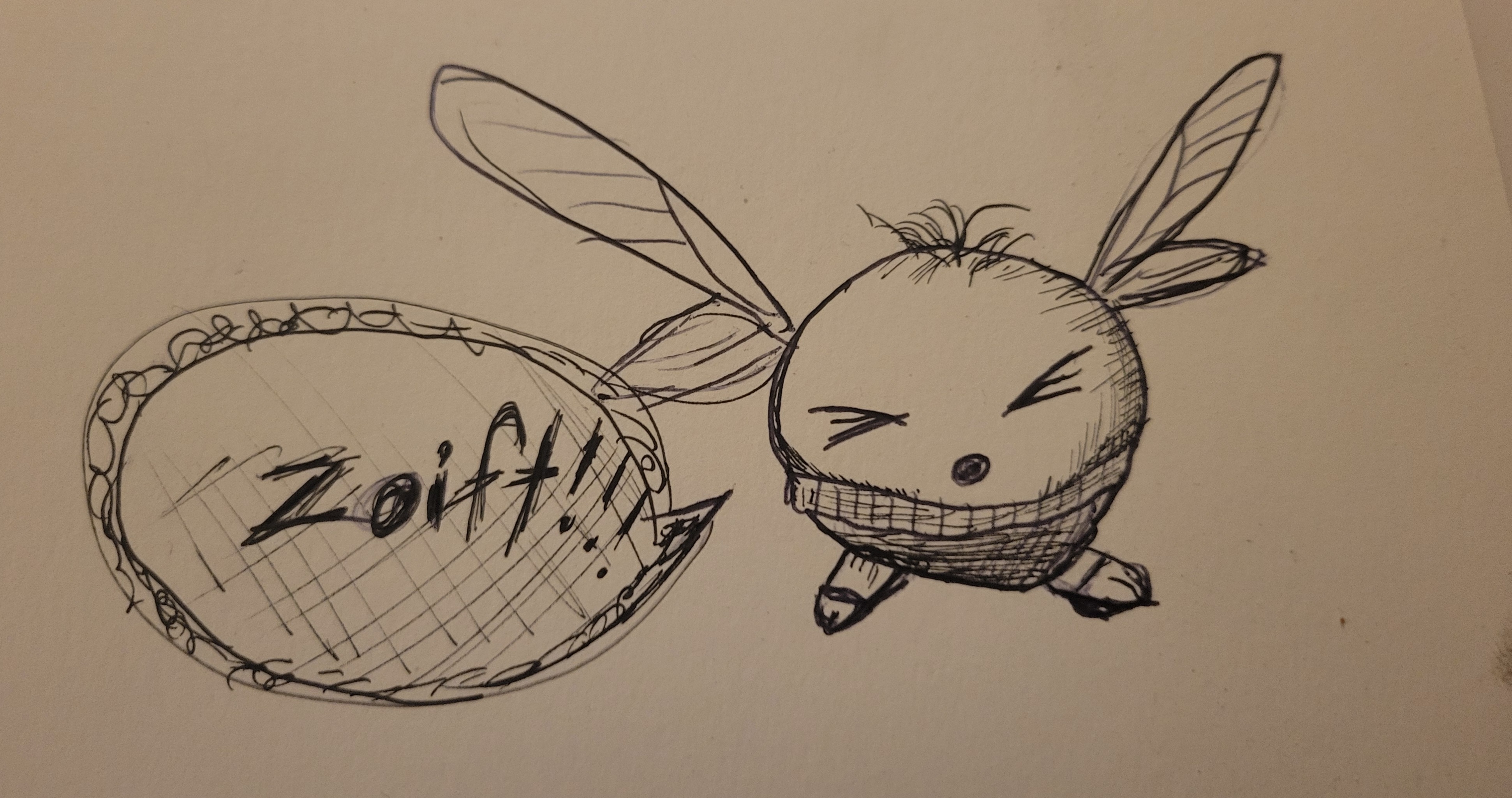N95's are the US-gov standard (N)on-oil resistant masks with a 95% filtration rate at =<0.1 microns. KN95's are the same, but CPC standard.
The only real difference I've found is N95's seal on my fat burger face slightly better.
As for obtaining one, you can buy one online for scalping prices, and I've seen gas stations selling KN95s for slightly better, but still gouged.
If you can get a few o-workers together, China is shipping direct and actually pretty quick. Just contact a factory and they'll help you with bulk orders.
Would recommend Grainger for both the filters and the actual respirator itself if you can wear a half mask respirator. Grainger does not have N-95 masks available to the public. 3M respirators are available; shipping is pretty fast too. Grainger is an actual industrial supplier, so fakes are much less likely than Amazon. Remember to buy both the filters and respirator. Medium will fit most people. If you have a beard/ facial hair, you're going to have to shave it all off for a good fit for both respirators and N-95's.
Watch the youtube videos made by 3M on how to wear a respirator and take it off and assemble. Watch them again. Learn how to do both a positive and negative pressure fit test, and do it every time you put it on/ adjust the respirator. (Same if you choose to go with N-95's or similar). Replace filters every 3-6 months; it will get harder to breathe inside the respirator over time (but the respirator will not lose effectiveness; think of holes getting clogged - the filters actually perform better, at the cost of oxygen).
Respirator is around 30 dollars, filters are around 10 dollars for a pair; I'm guessing 1 respirator + 3 filter pairs is enough to weather out until a vaccine - possibly far shorter. This is probably the most cost effective way to get good protection, if you're in a situation where you need it daily, and the look of the half mask doesn't matter too much.
Keep in mind that there's an exhalation valve, so you can still spread COVID if you have it.
Test it by using something with a strong scent (perfume, cooking, air freshener) - the respirator won't necessarily block out all of the smell, but will block out a good amount. Test by putting on the respirator, then moving into an area with the scent; after trying to smell whatever the scent is, take the respirator off by lifting the top head strap and moving it forward to let the respirator fall - and smell the air; if there's a big difference, you probably achieved a decent fit. You can do a similar test with an N95, but that will block out fewer smells and particles.
Other equivalents to the N-95 include the KN-95 (China), KF-94 (Korea), FPP2 (Europe). If there's an H-Mart or perhaps a Great Wall supermarket in your area, they most likely have either the KN-95 or the KF-94 in stock - and are more likely to be legit than online ordering. If you're buying a mask, never buy the masks that fit with loops around the ears like surgical masks - loops do not fit faces well. The typical bands for these masks are circular ones that go over your head; the direction they go on is similar to necklaces.
As a stopgap, a surgical mask underneath a tight cloth mask (surgical mask is loose, but no holes, cloth mask is tight but has holes) will be significantly more effective than just a surgical or just a cloth mask. If you want to be super effective, search "Fix the Mask" - you can make something that helps tighten your surgical mask out of rubber bands. It's sincerely painful to wear the rubber band fitting mechanism. If you want to test your surgical masks, run a used one under a sink, inner side facing upwards; it should be able to hold water.


